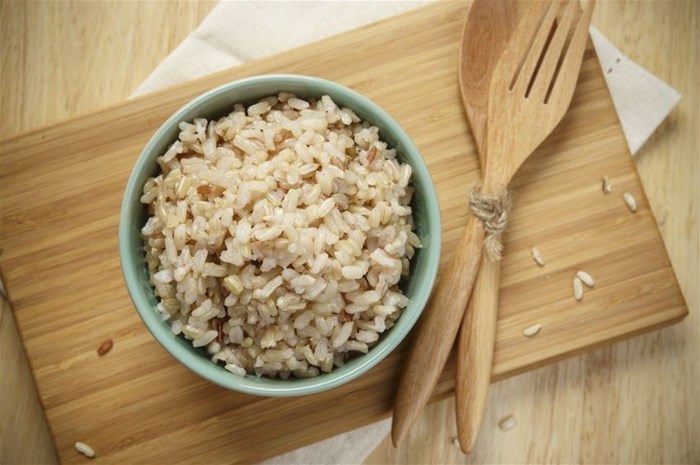Rising rice protein market benefits the pharmaceutical industry

Positively impacted by rising consumer awareness about the intake of nutrition-rich food ingredients, the rice protein market has already seen the FDA in the U.S implement several regulations pertaining to a wide range of rice protein applications, which in turn has led toward its high acceptance among consumers in the rice protein market.
Currently, the North America rice protein market accounts for most well-established producers in the region – technological advancements in the production of rice protein coupled with its robust adoption in the food and beverage industry will further fuel its growth.
Characterised by the separation of protein from food, isolates of rice protein contain minimum amount of fat, fibre and carbohydrate, leaving them with 90-95% of protein by weight. This USP is leading to an array of applications of the isolates in the rice protein market.
Sports and energy nutrition
Relatively lower cost and rich nutrition content in rice protein have led to its robust adoption in sports and energy nutrition.
Consumers across the globe are preferring beverages that are healthier, which in turn has led to the incorporation of various supplements such as rice protein. All these are majorly boosting the rice protein market. Another noticeable trend is the significant sale of the dry form of the product and the relatively lesser sale of the liquid form.
The global market for rice protein is highly competitive, with few companies accounting for major shares of the market. Manufacturers, who have limited revenue and capital, are adopting inorganic development strategies that include partnerships and agreements with distributors and suppliers. Some manufacturers are also making investments in research and development for improving their already existing products as well as introducing new products to stay ahead of the curve in the rice protein market.
The insights presented here are from a research study on Rice Protein Market by Fact.MR








